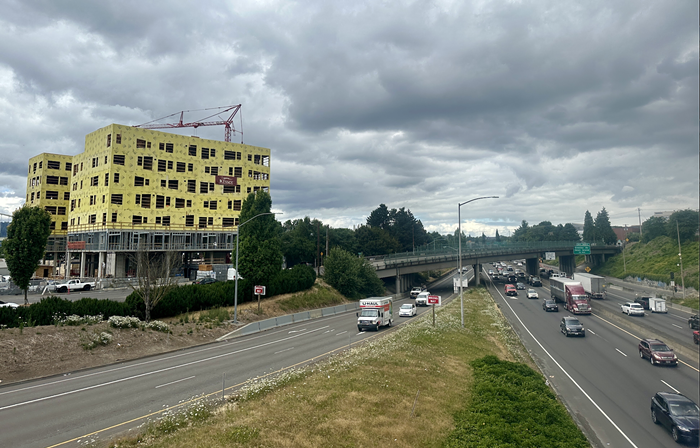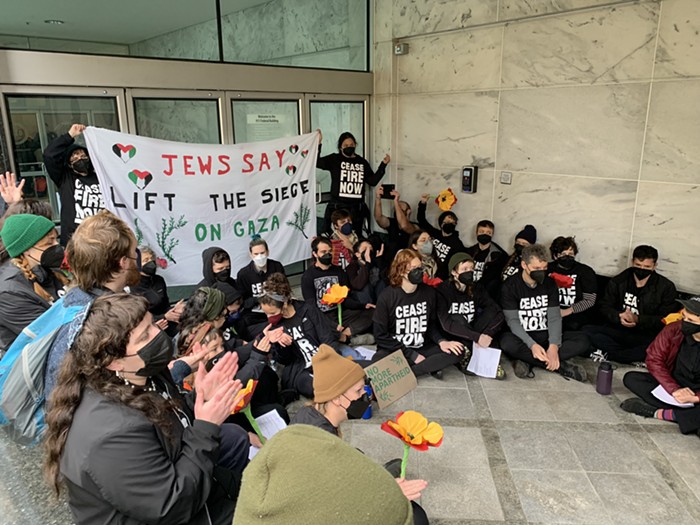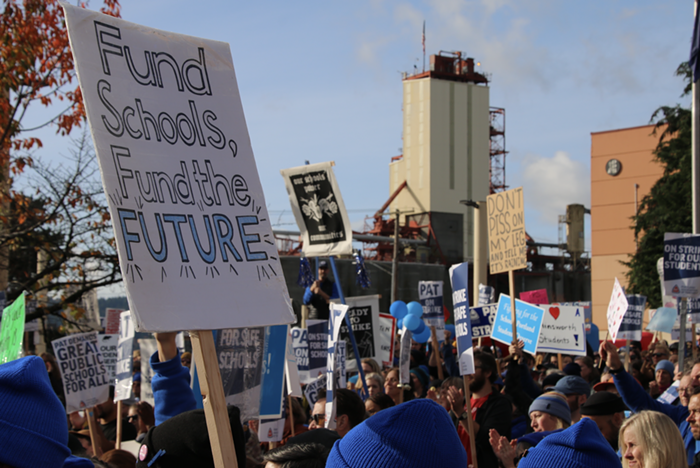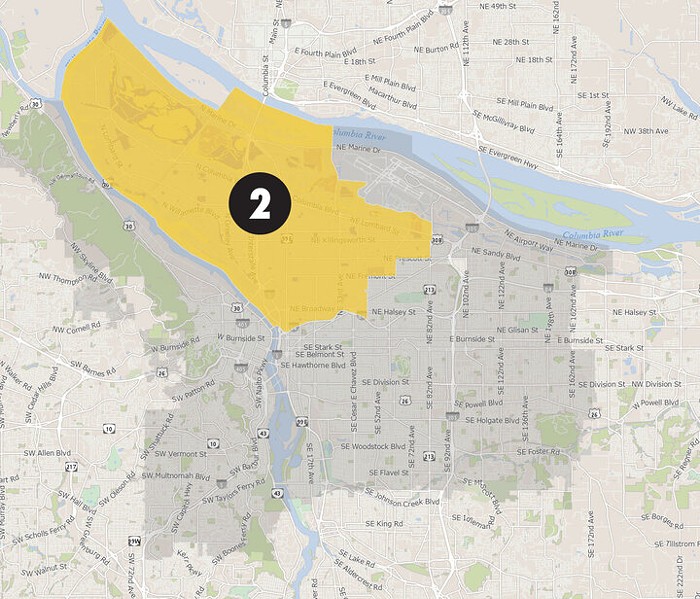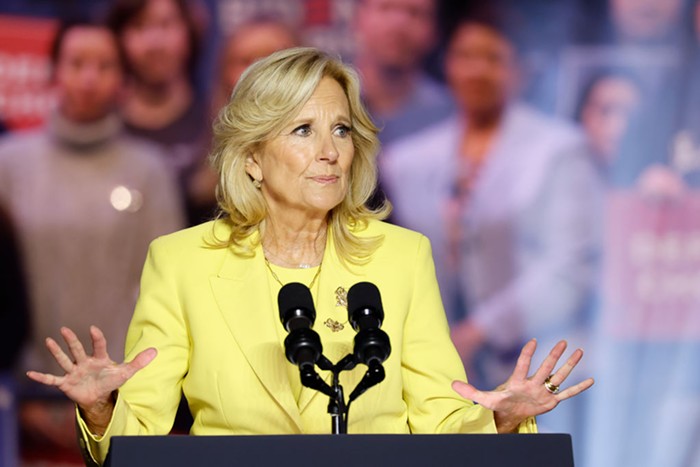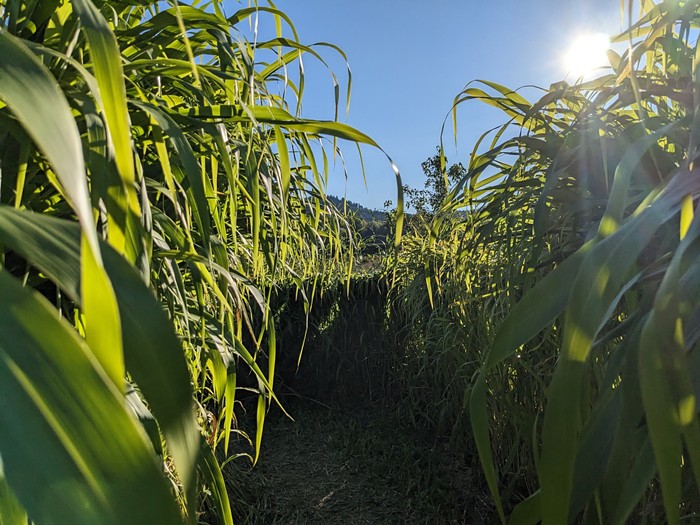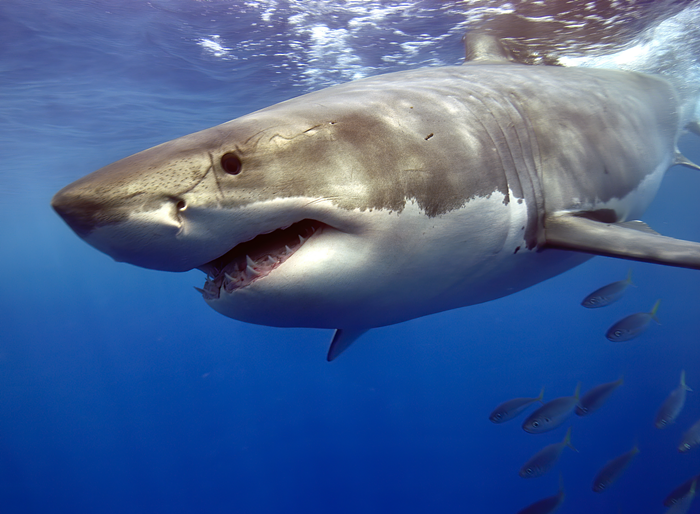TWO MAJOR COAL companies vying to set up the West Coast's first export terminal have their eyes on the banks of the Columbia River—promising jobs, tax rebates, and maybe even national recognition for Oregon.
But that promise may come with a sharp cost for Portland.
The main rail routes leading to the top choice for a new terminal, the Port of St. Helens, run right through the heart of Northwest and North Portland, environmentalists and other critics of the project are warning. And as for what that means for Portland residents, 28 miles southeast of the port? The answer is up in the air. Literally.
Environmentalists say an extra 12 coal cars would wind up chugging through Portland every day. On dry days, coal dust, containing a range of toxins, would billow off the uncovered cars and into neighborhoods like St. Johns and past pristine locations like Sauvie Island.
To transport the material from mines in Montana and Wyoming, companies must send the heavy heaps on tracks that run along the Columbia Gorge—the flattest possible route. Those tracks go directly across the Steel and Burlington Northern Bridges in Portland.
"Some of these neighborhoods already have air-quality issues," says Columbia Riverkeeper Executive Director Brett VandenHeuvel. "Adding dust with toxic materials to the air is the last thing they need."
So far, it's unclear who'll take responsibility for coal dust pollution, which contains chemicals like mercury and lead that can trigger serious lung and heart diseases.
BNSF Railway, the company that manages the North Portland rail route, says coal dust management is entirely in the hands of the coal shippers. Kinder Morgan, one of the companies looking at the Port of St. Helens, currently has no public plan for how it would handle coal dust—and it may never have one. Laura Stevens, who manages the Sierra Club's local Beyond Coal Campaign, says it's very uncommon for coal companies to cover rail cars. It's usually too expensive.
Oregon's Department of Environmental Quality (DEQ), which has the final say on whether the terminal passes environmental standards, says Kinder Morgan has yet to apply for any permits. But DEQ says the second company interested in St. Helens, Ambre Energy, has told regulators that its freight cars and barges would likely be covered.
Christine Svetkovich, a DEQ spokeswoman, says that the department is still evaluating the project. "We will definitely find out more as these projects develop."
The long, slow-going process has troubled advocates and neighbors in Portland and along the Columbia River.
"The Port [of St. Helens] and these companies have tried to keep us in the dark about these projects as much as possible," says the Sierra Club's Stevens. "Things have been decided without public debate or contribution. It's moving forward without our say."
Stevens complained that Governor John Kitzhaber hasn't followed through with his request last June for an "open, more vigorous debate" before the project moves forward. Port of St. Helens Director Pat Trapp says that each permit sought by a coal company requires a public comment period and that the terminal's future is far from cemented. Kinder Morgan and Ambre Energy both have nearly three years to hash out their final project proposals.
"This is not an overnight, not a next week, and not a next month decision," says Trapp. "This takes a lot of time."
The coal companies highlight the impressive amount of construction and management jobs that their business could bring to Oregon communities. But none of those jobs, except for a few railroad postings, will come to Portland. "There is absolutely no benefit for Portland here," says Stevens.
Coal exporters haven't had much luck in Portland. In the early 1980s, the Port of Portland spent $25 million to build a coal export terminal. But the Asian markets it targeted proved less reliable than planned, so they stopped construction on the facility two years after breaking ground. At a time of a similar economic uncertainty, Stevens warns that a new terminal could easily meet the same fate.
The Pacific Northwest has historically been a target for coal export facilities, as it offers the closest route to Asia. Columbia Riverkeeper's Dan Serres calls the proximity to Asia "a blessing and a curse."
"We are the top target in the US for coal exports, but we are aware enough to make a difference," says Serres. "And we can."


